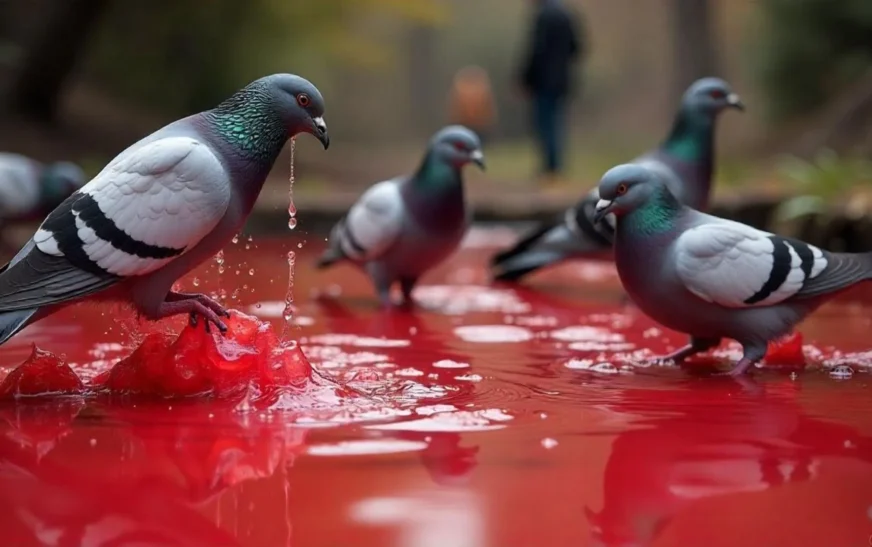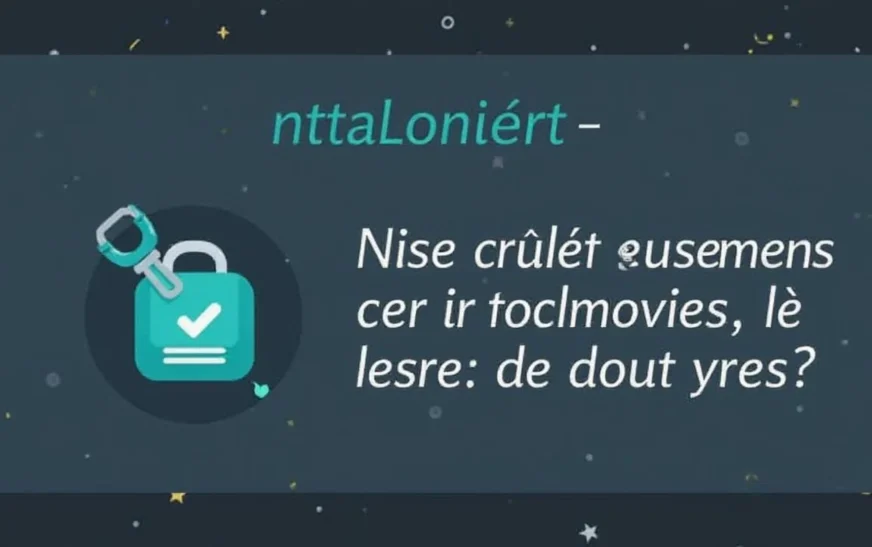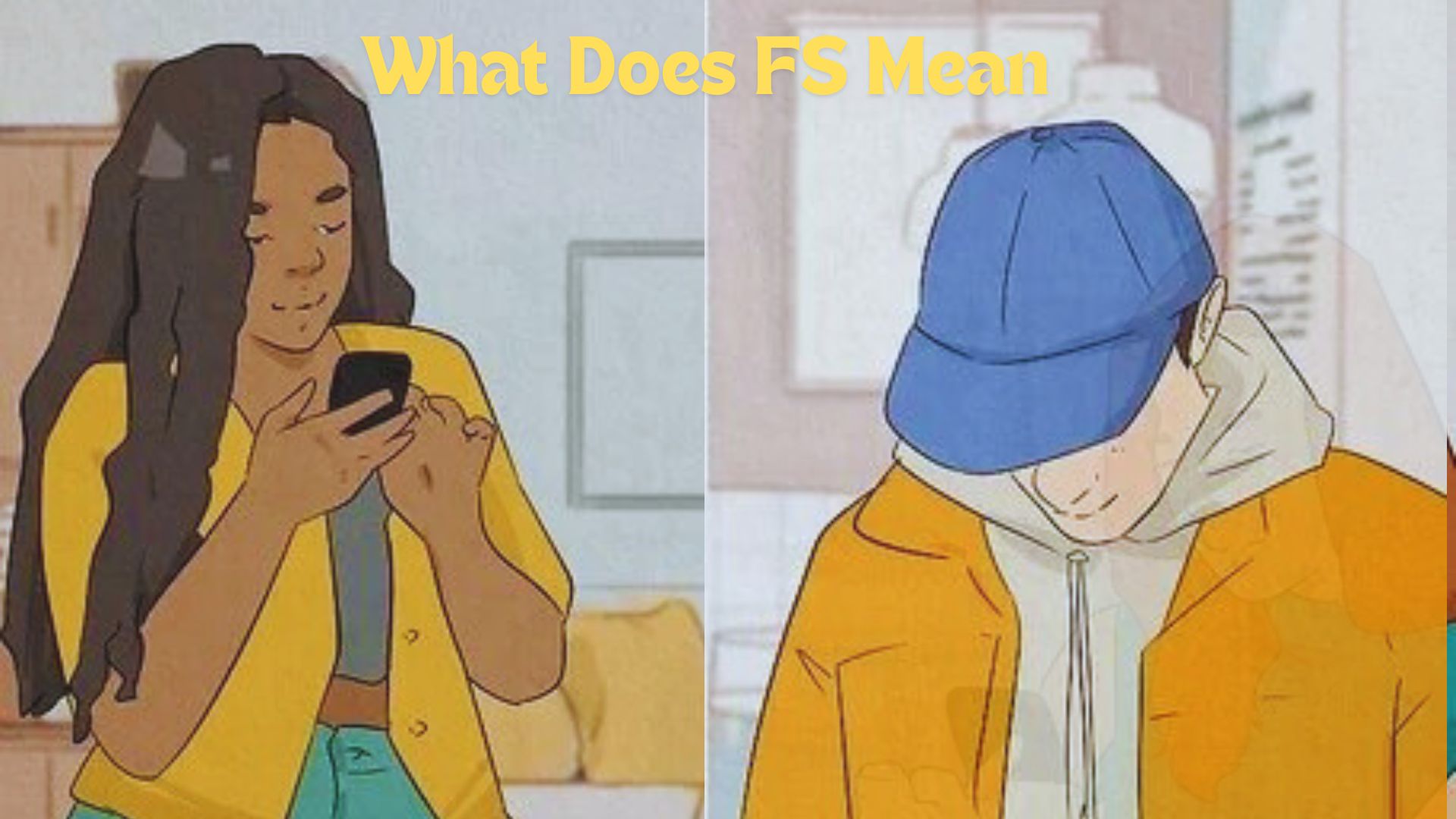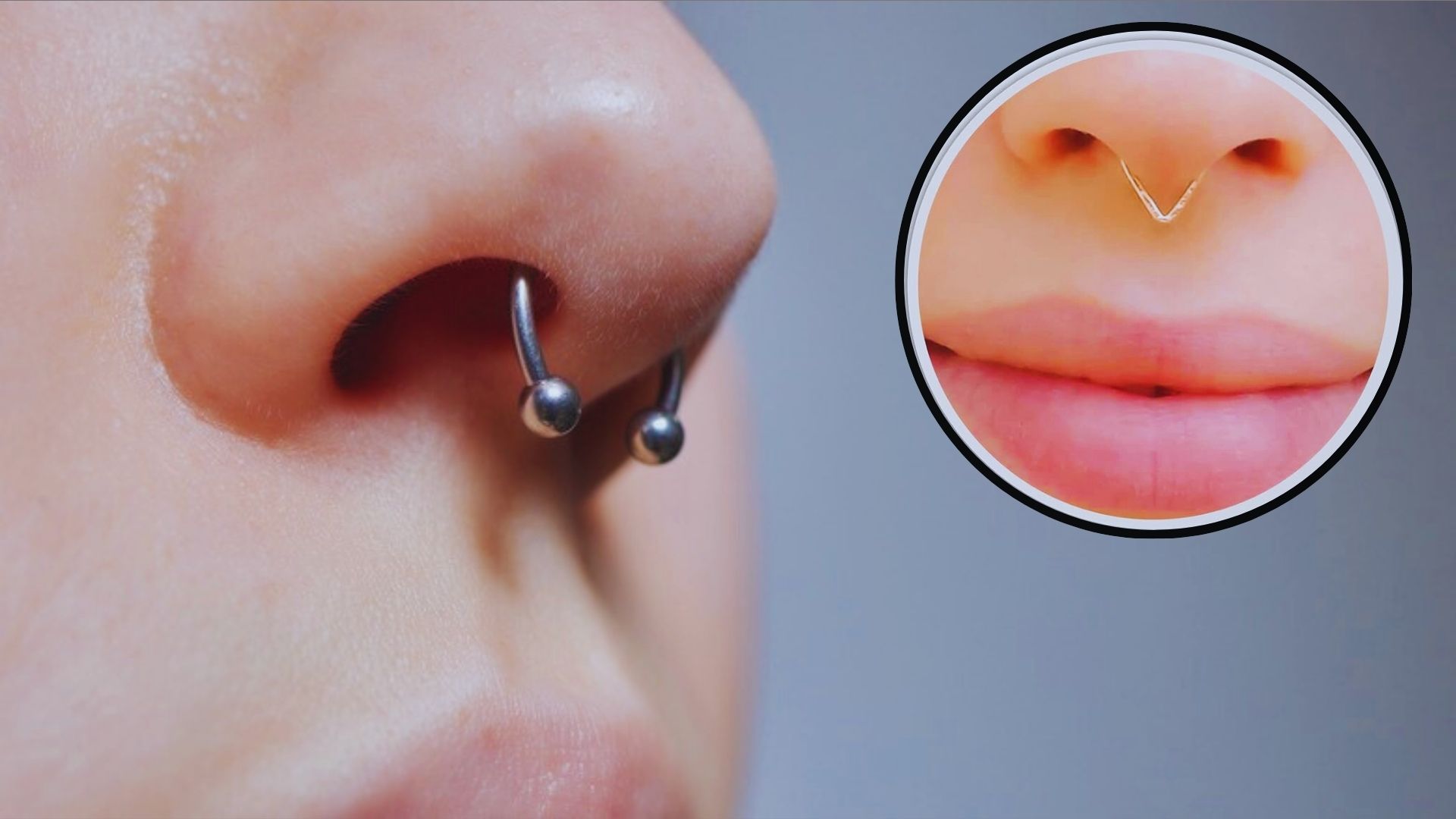Picture the scene: 275 pigeons dive into a pond filled with red glue—a striking visual that seems more like a surreal art installation than a real-life occurrence. This bizarre spectacle, while hard to imagine, serves as a powerful metaphor for the unexpected interactions between urban wildlife and human-created environments. This article delves into the reasons behind such strange behaviors and their broader implications for environmental conservation and urban planning.
The Fascination with Pigeons and Their Behaviors
Pigeons have been companions to humans for thousands of years and are admired for their intelligence, homing abilities, and adaptability. Yet, the sight of 275 pigeons diving into a pond filled with red glue challenges our understanding of these familiar city dwellers. Typically seen pecking at food scraps or nesting in architectural nooks, pigeons navigating a pond of red glue is unusual and alarming.
The Role of Human Influence
Urbanization brings many challenges, particularly how it reshapes the natural landscapes on which animals once thrived. Buildings, roads, and even decorative ponds can create hazardous conditions for wildlife. In our scenario, if red glue—an industrial product—somehow contaminates a water body, it can turn a typical urban feature into a trap for unsuspecting birds like pigeons.
Understanding Red Glue and Its Environmental Risks

Red glue is not a common substance found in nature; it is a synthetic compound used in various industrial applications. Its presence in an urban pond suggests either accidental spillage or improper disposal. This incident points to a broader issue of chemical pollutants in urban areas, which can significantly impact local ecosystems. The glue’s sticky nature can be hazardous, posing physical threats to birds who come into contact with it.
The Immediate Effects on Pigeon Health
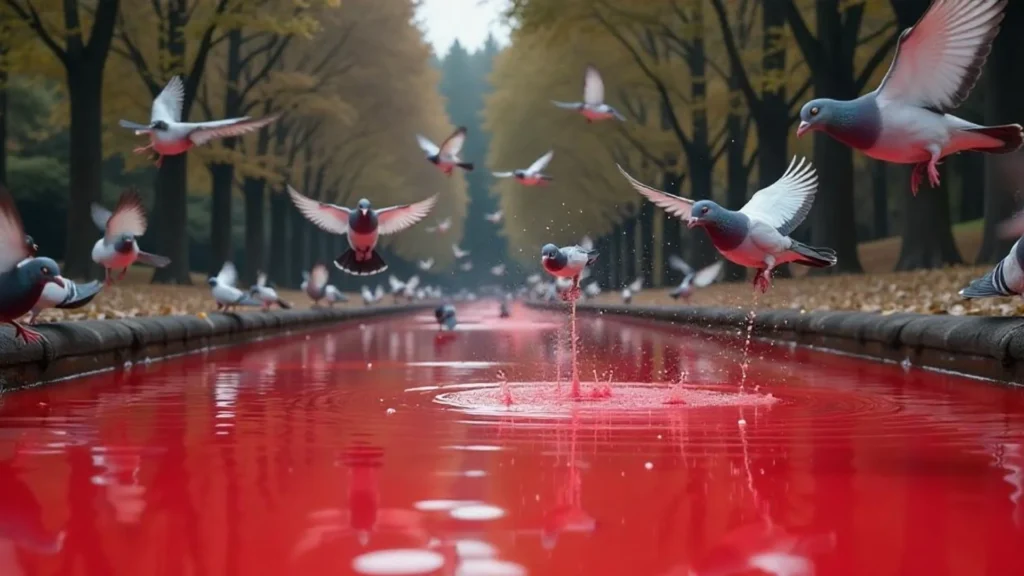
When pigeons come into contact with substances like red glue, the consequences can be immediate and severe. The glue can adhere to their feathers, restricting their ability to fly, disrupting their thermoregulation, and increasing their vulnerability to predators. Moreover, if attempted to be ingested, it can lead to toxic reactions, which are often fatal.
Long-term Environmental Impact
The long-term ecological consequences of such pollution are equally concerning. Chemical substances in a pond can disrupt the water quality, affecting not just birds but all aquatic life. The degradation of these habitats can lead to decreased biodiversity and disrupt the food chain, impacting even the human populations that rely on these ecosystems for recreational or commercial purposes.
Strategies for Prevention and Conservation
This unusual event—275 pigeons dive into a pond filled with red glue—highlights the need for stringent environmental protection policies and effective waste management strategies. Urban areas require robust systems to prevent such accidents and to ensure that wildlife can navigate safely around human habitats. Additionally, public awareness and education about the impact of pollution on urban wildlife are crucial.
Conclusion
While hypothetical, the spectacle of 275 pigeons diving into a pond of red glue prompts a severe reflection on our impact on the natural world. It calls for urban planners, environmentalists, and the public to work together towards more sustainable and wildlife-friendly cities. Ensuring that such scenes remain firmly in the realm of imagination requires commitment and action from all sectors of society.
FAQs
What attracts pigeons to urban areas?
Pigeons are attracted to urban areas primarily due to food availability and nesting sites. Cities provide numerous feeding opportunities from discarded food and bird feeders, along with ample ledges, nooks, and structures for nesting.
Why is red glue dangerous to pigeons and other wildlife?
Red glue, a synthetic adhesive, is hazardous to wildlife because it can trap animals, restrict their movement, and even lead to poisoning if ingested. Its sticky nature can adhere to feathers or fur, severely hindering an animal’s ability to navigate their environment safely.
How can urban pollution affect water quality and wildlife?
Urban pollution, including chemical spills, can severely degrade water quality, affecting wildlife directly interacting with polluted areas and the broader ecosystem. Contaminants can lead to toxic environments, disrupt food chains, and decrease biodiversity.
What measures can be taken to protect urban wildlife from unusual hazards?
Effective measures include better waste management practices to prevent spillage of harmful substances, urban planning that considers wildlife corridors and safe habitats, and community education programs about the impacts of pollution on urban fauna.
Can pigeons recover after coming into contact with substances like red glue?
Recovery depends on the extent of exposure and the quickness of intervention. Wildlife rescue organizations can sometimes rehabilitate affected birds by cleaning the harmful substances off their bodies and providing medical care. However, prevention is always preferable to treatment.
What role do city residents play in protecting local wildlife?
City residents can help by reducing litter, participating in local wildlife conservation initiatives, and advocating for greener urban policies. Responsible behavior, such as securing trash and avoiding the use of harmful substances in inaccessible locations, can significantly mitigate risks to urban wildlife.
How does urban planning influence wildlife safety?
Urban planning plays a crucial role in wildlife safety by designing cities that incorporate green spaces, wildlife crossings, and pollution control measures. Thoughtful planning can create environments that support both human and animal populations effectively.
What should be done if you encounter a distressed wildlife animal in the city?
If you encounter a wildlife animal in distress, contacting local wildlife rescue organizations is best. These professionals are equipped to handle and treat injured or trapped animals safely.
May You Like Also: Exceptional Care for Your Pets at Ветеринарная Клиника Vetcitypets

